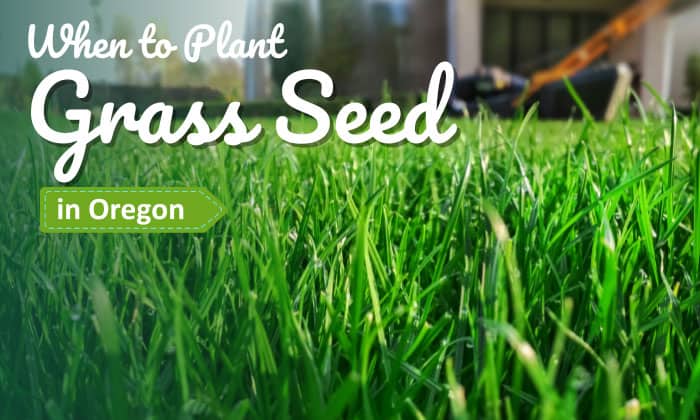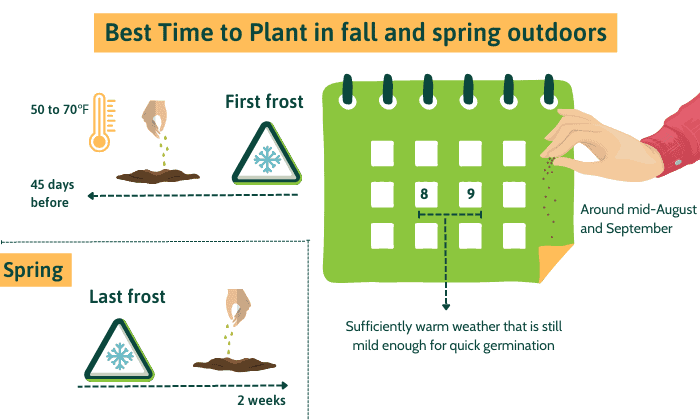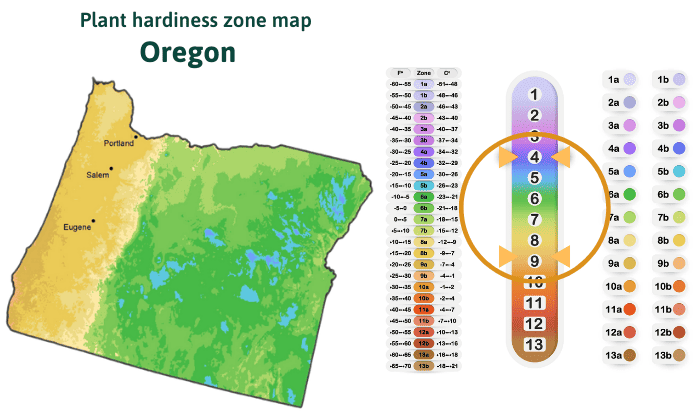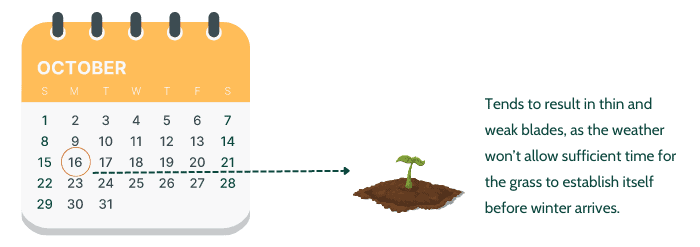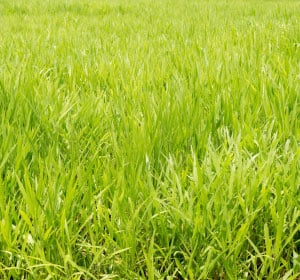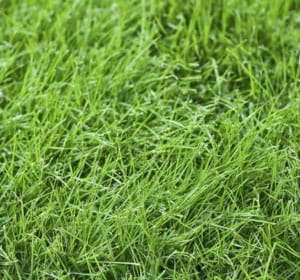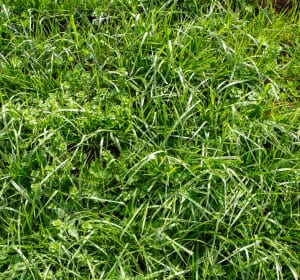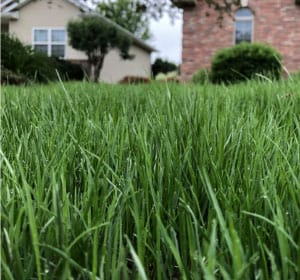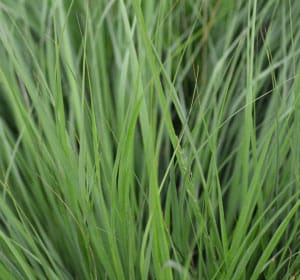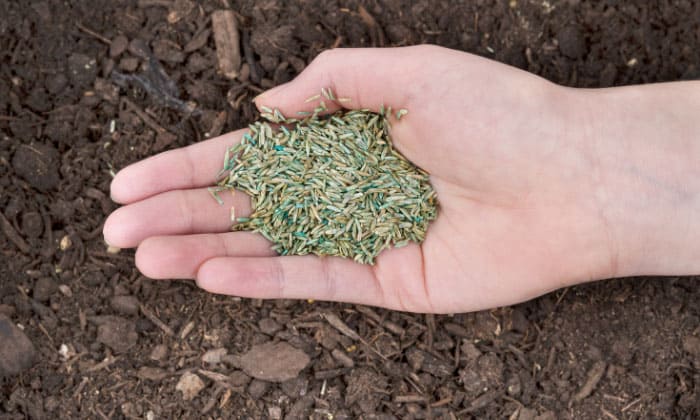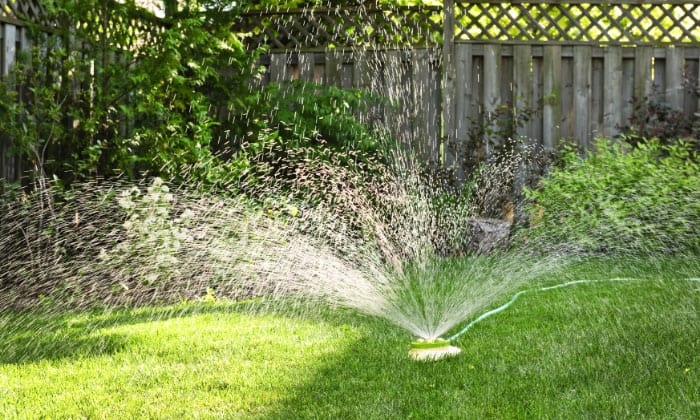It would not be a stretch to say America is obsessed with lawns. A nice stretch of turfgrass in front of homes can raise property values by up to eleven percent, and whether for aesthetic or practical reasons, many homeowners dedicate a substantial amount of time into maintaining their yards.
If you’re wondering when to plant grass seed in Oregon, know that fall planting from August 15 to September 15 is ideal, though it’s possible to grow grass in spring in early May to approximately June 15.
Table of Contents
Best Time to Plant Grass Seed in Oregon
1. Plant in fall and spring outdoors.
When planting grass seed in Oregon, schedule your seeding around mid-August and September. This period has sufficiently warm weather that is still mild enough for quick germination, allowing grass shoots to appear as early as one week after sowing.
If you plant grass during these months, the shoots will be less susceptible to rutting or forming uneven lumps and will be pretty much established once October comes.
So, look up your first frost and sow grass seeds 45 days before it under a temperature of 50 to 70℉.
In case you must plant in spring instead, two weeks after the final frost is a good guideline to adhere to.
Note that the recommendations in this section also apply to reseeding lawn and not just establishing new turfgrass.
With that said, here are the frost dates for some locations in Oregon you can refer to to determine when to start or overseed lawn. 45 days before November 22 equals October 8, for example, so October 8 would be the latest planting time for Portland Oregon.
| Location | Last frost | First frost |
| Portland | March 6 | November 22 |
| Creswell | May 1 | October 15 |
| Florence | April 22 | November 6 |
| Lebanon | March 25 | November 7 |
| Newport | April 1 | November 15 |
| Westhaven | February 22 | November 24 |
2. Planting time for different areas
Since Oregon has hardiness zone 4 to 9, below are the estimated dates for seeding and replanting grass in each zone.
| Zone | Last frost | Spring planting | First frost | Fall planting |
| 4 | May 1 – 31 | May 15 – Jun 14 | Sept 1 – 30 | Jul 18 – Aug 16 |
| 5, 6, 7 | Mar 30 – Apr 30 | Apr 13 – May 14 | Sept 30 – Oct 30 | Aug 16 – Sep 15 |
| 8 | Feb 22 – Mar 30 | Mar 7 – Apr 13 | Oct 30 – Nov 30 | Sep 15 – Oct 16 |
| 9 | Jan 30 – Feb 28 | Feb 13 – Mar 13 | Nov 30 – Dec 30 | Oct 16 – Nov 15 |
3. How late is too late to plant grass seed in Oregon?
In general, it’s too late to plant grass seed if it’s already October 16 in Oregon. Sowing seeds during this time tends to result in thin and weak blades, as the weather won’t allow sufficient time for the grass to establish itself before winter arrives.
Turfgrass will also go dormant and exhibit no growth in late winter, so you’d be better off waiting until spring anyway.
Varieties of Grass Seed to Plant in Oregon
Of the two types of grasses, cool-season and warm-season, cool-season turf suits Oregon’s climate more. Below are the cool-season grass varieties you should grow in the state.
1. Perennial ryegrass
Perennial ryegrass has consistent quality across all cultivars. This grass type has excellent tolerance against foot traffic and will thrive if given adequate nitrogen.
Cultivars – Achiever, Champion GQ, Dimension, Headstart, Mardi Gras, PhD
2. Fine fescue
With outstanding shade and drought tolerance, fine fescue is very popular in central and eastern Oregon. If you prefer dense grass with low maintenance requirements, this turf type is worth considering.
Cultivars – Bridgeport, Tiffany, Osprey, Spartan, Defiant, Florentine, Seabreeze
3. Tall fescue
Of the different types of grass in Oregon, tall fescue is among the least suitable for western parts of the state. You should plant it if you live in eastern or central Oregon and prefer a drought plus heat-resistant grass.
Cultivars – Anthem II, Barrera, Coronado, Equinox, Matador, Regiment, SunPro, Watchdog
4. Kentucky bluegrass
Like perennial ryegrass, Kentucky bluegrass requires a substantial amount of nitrogen to grow well. It spreads very quickly but requires annual dethatching.
Cultivars – Allure, Chateau, Haga, Moonlight, Odyssey, SR 2000, Brilliant, Somerset
5. Bentgrasses
Though rarer in Oregon than other grasses on this list, bentgrasses are fluffy in texture and will stay green under high heat with adequate irrigation. Unlike tall fescue, bentgrasses grow very well in western Oregon.
Cultivars – Bardot, Tiger, Exeter, Sefton, Highland
Factors That Affect the Optimal Time to Plant Grass Seed in Oregon
Planting too early in the year (earlier than May) leads to slower grass growth in general.
Similarly, late summer and late fall are also nonoptimal periods for sowing grass seeds. Late summer brings drought that prevents germination, but watering can increase risks of fungal diseases like pythium.
As for fall, planting grass outside of the optimal time means you’ll need more seeds to boost germination chances. Even then, it’s generally impossible to produce a lawn that is vibrant and lush once it’s October 16.
Tips for Planting and Caring for Grass Seed in Oregon
The best tool for sowing grass seeds is a drop spreader, but in case you don’t have one, your hands will work just fine.
- Separate the seeds you bought into equal halves and put them in two buckets.
- Then grab a handful of the seeds, enough to fill one palm, before distributing them slowly in a serpentine pattern while walking forward or backward across the lawn.
- If you walk backwards for the first half of the seeds, then go in the opposite direction for the second half of them.
- The most important tips for planting grass seed are to sow them at a depth equal to the seeds’ length and to cover them with peat moss, compost, or fresh sawdust after planting. ⅛ inch of mulch will preserve moisture and protect the seeds from strong winds, but you can apply as much as ¼ inch if you want.
- Note that the best soil for turfgrass has a pH of 6 to 6.5, which is why there’s little need to amend soil in Oregon before planting most of the time. Often, only those in coastal and southern Oregon need to improve their lawn before sowing by adding lime or a turf fertilizer.
I’d say a 6-1-4, 24-3-6, or 24-4-16 formula will provide comprehensive nutrition for developing grass, but it’s best to do a soil test and follow its recommendations if you can.
- Last but not least, the easiest but also essential grass growing tips to adhere to is to give your lawn full sun and water it two to four times per day for the first week after planting.
- When green shoots appear, you can reduce watering to once per day then once every three days. After the grass becomes established, irrigation may be dialed down to once a week, provided the soil is consistently damp and receives an inch of water every seven days.
Frequently Asked Questions
Can I plant grass seed in Oregon during the summer months?
You can sow grass seeds in Oregon in early to mid-June, but later planting in the summer is inadvisable. It’s better to wait until early fall if you missed the June window.
How often should I water my lawn after planting grass seed?
Water it every day two to four times until sprouts appear. Ensure the soil is damp but not soggy, and do not exceed ¼ to ½ inch of moisture for each watering.
Conclusion
We hope the information here helped you decide when to plant grass seed in Oregon.
Pick from the varieties listed, and sow them in early fall when the weather is warm but not swelteringly hot. With the best Oregon grown grass seed, renovating your lawn should be a straightforward task.
Standard grass seed planting schedule in other locations:

Hi, I am William – Floridayards’ digital content creator. My job is to find answers to all your concerns with thorough research and our team’s expert advice. I will also bring you honest reviews on the best products and equipment for raising your beautiful garden. Please look forward to our work!


